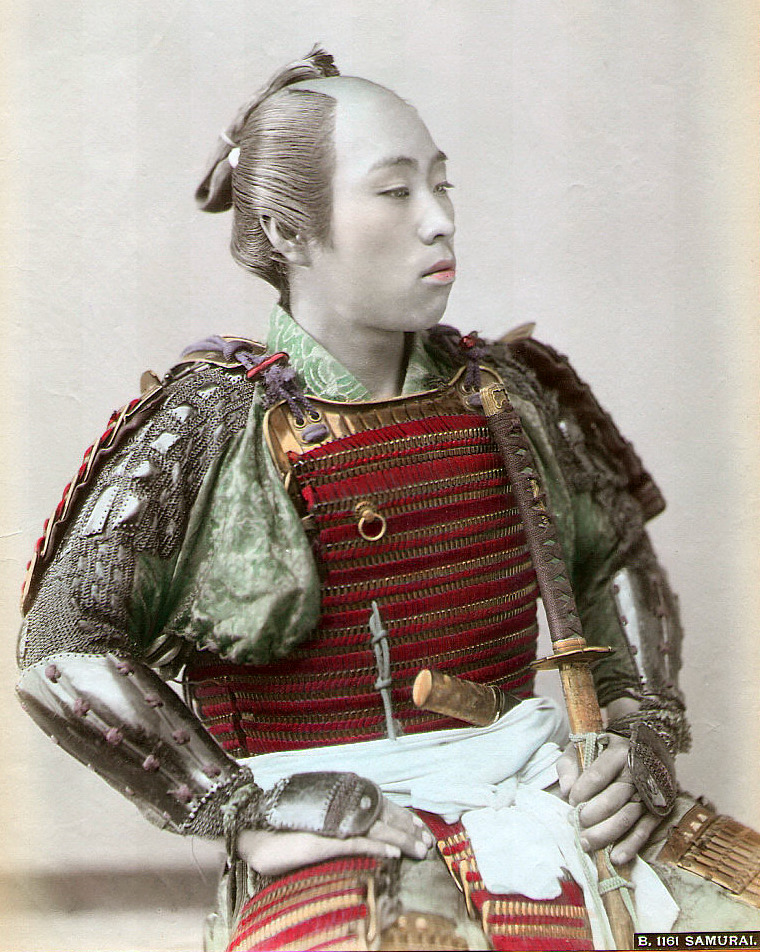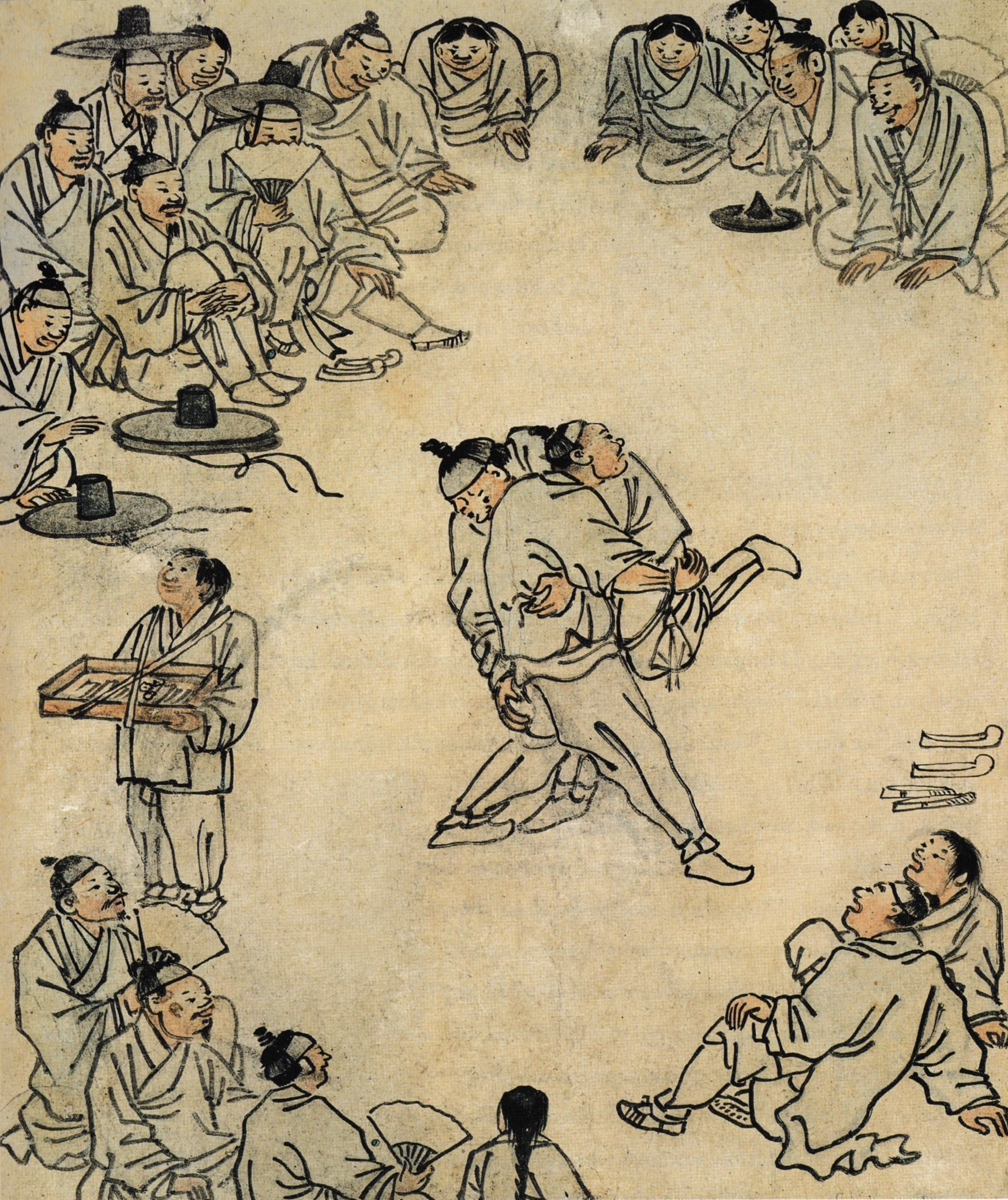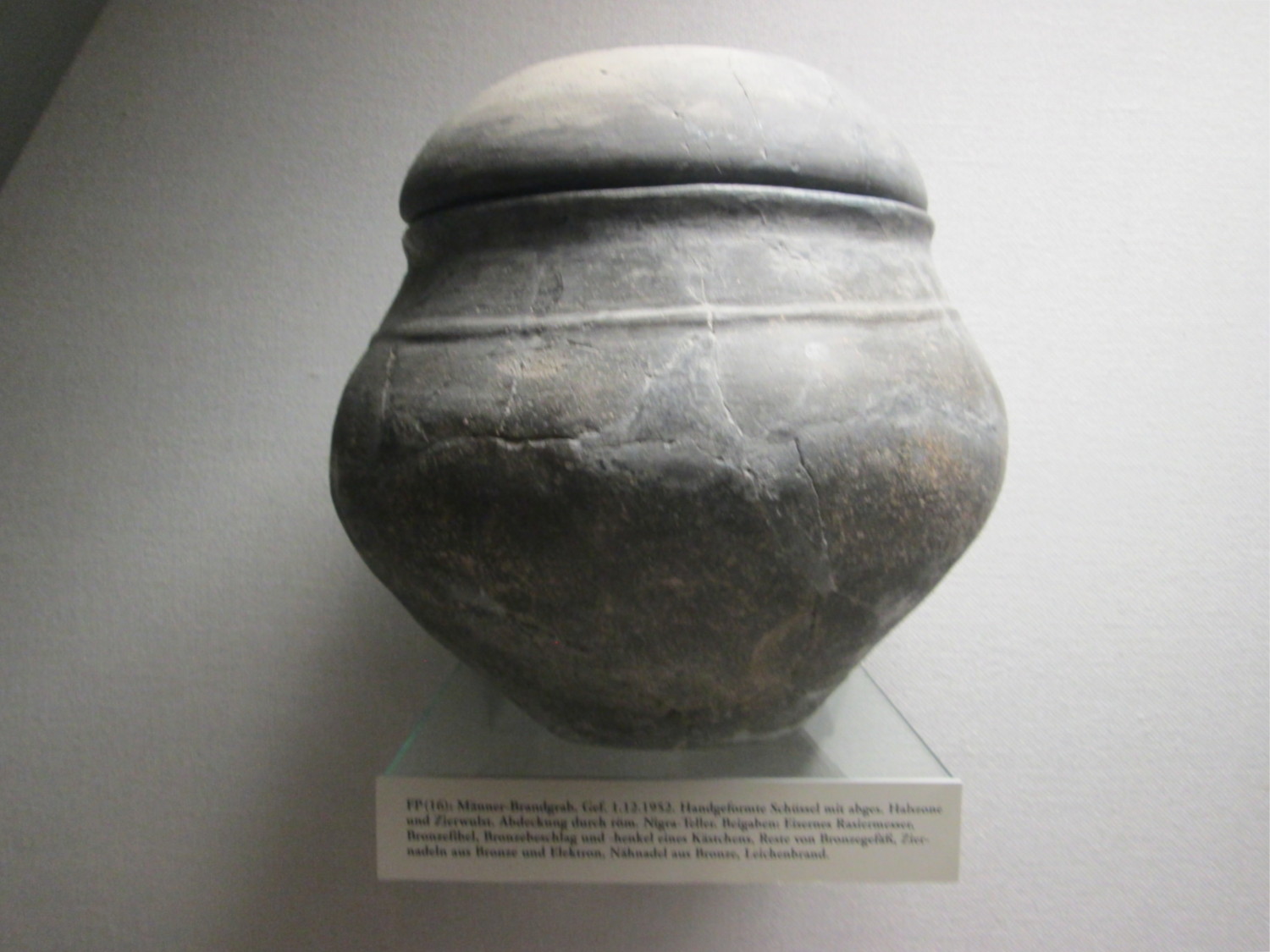|
Topknot (other)
Topknot may refer to: * A hairstyle or haircut, historically prevalent in Asia: **''Chonmage'', a traditional Japanese haircut worn by men **'' Sangtu'' (), a Korean topknot ** ''Touji'' (頭髻), a traditional Chinese hairstyle which involves tying all hair into a bun, worn from earliest times up to the end of the Ming Dynasty and still worn by Taoist priests and practitioners **''joora'', worn by Sikh men **The Suebian knot, is a historical male hairstyle ascribed to the tribe of the Germanic Suebi **'' Tikitiki'', a top-knot worn by high-ranking Māori men ** Man bun, a modern Western style of topknot influenced by the Asian style, a trend beginning in the 2010s * Several species of fish: ** The New Zealand topknot, ''Notoclinus fenestratus'' ** The Norwegian topknot, ''Phrynorhombus norvegicus'' ** The Brown topknot, ''Notoclinus compressus'' ** Several species in the genus ''Zeugopterus ''Zeugopterus'' is a genus of turbots native to the north Atlantic Ocean. The thre ... [...More Info...] [...Related Items...] OR: [Wikipedia] [Google] [Baidu] |
Chonmage
The is a type of traditional Japanese topknot (other), topknot haircut worn by men. It is most commonly associated with the Edo period (1603–1868) and samurai, and in recent times with sumo wrestlers. It was originally a method of using hair to hold a samurai kabuto helmet steady atop the head in battle, and became a status symbol among Japanese society. In a traditional Edo-period , the top of the head is shaved. The remaining hair was oiled and waxed before being tied into a small tail folded onto the top of the head in the characteristic topknot. History The origins of the can be traced back to the Heian period (794–1185). During this period, aristocrats wore special cap-like crowns as part of their official clothing. To secure the crown in place, the hair would be tied near the back of the head. Between the 1580s (towards the end of the Sengoku period, Warring States period, 1467–1615) and the 1630s (the beginning of the Edo period, 1603–1867), Japanese c ... [...More Info...] [...Related Items...] OR: [Wikipedia] [Google] [Baidu] |
Sangtu (topknot)
The ''sangtu'' () was a Korean topknot hairstyle worn by married men. The hairstyle was widely worn from around the 57 BC – 68 AD Three Kingdoms of Korea period until the late 19th century, during the Joseon period. Its practice in Korea has since virtually ceased. By the Joseon period, the haircut was seen as essential for a man's honor. As Korea attempted to Westernize in the late 19th century, efforts to ban the haircut were fiercely resisted. History The hairstyle is presumed to have been common during the 57 BC – 68 AD Three Kingdoms period. It is depicted in tomb murals of Goguryeo and in equestrian figures on pottery from Silla. There is reportedly no known evidence of its wearing in Baekje, although it is still assumed to have been common there. Depictions in this period had topknots of varying sizes and shapes. Merchants are depicted with larger ones and not wearing hats, while officials who wore hats wore smaller ones. The nobility were generally depicted as we ... [...More Info...] [...Related Items...] OR: [Wikipedia] [Google] [Baidu] |
Hanfu
''Hanfu'' (, lit. "Han Chinese, Han clothing"), also known as ''Hanzhuang'' (), are the traditional styles of clothing worn by the Han Chinese since the 2nd millennium BCE. There are several representative styles of ''hanfu'', such as the (an upper-body garment with a long outer skirt), the (an upper-body garment with a long underskirt), the and the , and the (an upper-body garment with Ku (trousers), ku trousers). Traditionally, ''hanfu'' consists of a Paofu, ''paofu'' robe, or a Ru (upper garment), ''ru'' jacket worn as the upper garment with a Qun, ''qun'' skirt commonly worn as the lower garment. In addition to clothing, hanfu also includes several forms of accessories, such as List of Hanfu headwear, headwear, Hanfu footwear, footwear, Hanfu accessories#Waist Ornaments, belts, Hanfu accessories#Jewellery, jewellery, and Hand fan, handheld fans. Nowadays, the hanfu is gaining recognition as the traditional clothing of the Han ethnic group, and has experienced a growing ... [...More Info...] [...Related Items...] OR: [Wikipedia] [Google] [Baidu] |
Ming Dynasty
The Ming dynasty, officially the Great Ming, was an Dynasties of China, imperial dynasty of China that ruled from 1368 to 1644, following the collapse of the Mongol Empire, Mongol-led Yuan dynasty. The Ming was the last imperial dynasty of China ruled by the Han people, the majority ethnic group in China. Although the primary capital of Beijing fell in 1644 to a rebellion led by Li Zicheng (who established the short-lived Shun dynasty), numerous rump state, rump regimes ruled by remnants of the House of Zhu, Ming imperial family, collectively called the Southern Ming, survived until 1662. The Ming dynasty's founder, the Hongwu Emperor (1368–1398), attempted to create a society of self-sufficient rural communities ordered in a rigid, immobile system that would guarantee and support a permanent class of soldiers for his dynasty: the empire's standing army exceeded one million troops and the naval history of China, navy's dockyards in Nanjing were the largest in the world. H ... [...More Info...] [...Related Items...] OR: [Wikipedia] [Google] [Baidu] |
Taoist Priest
A ''daoshi'' () or Taoshih, translated as Taoist priest, Taoist monk, or Taoist professional is a priest in Taoism. The courtesy title of a senior is ''daozhang'' (, meaning "Tao master"), and a highly accomplished and revered is often called a . Along with Han Chinese priests, there are also many practicing ethnic minority priests in China. Some orders are monasticism, monastic (Quanzhen orders), while the majority are not (Zhengyi orders). Some of the monastic orders are hermitic, and their members practice seclusion and asceticism, ascetic lifestyles in the mountains, with the aim of becoming , or immortal beings. Nonmonastic priests live among the populace and manage and serve their own temples or popular temples. The activities of the Taoists tend to be informed by materials which may be found in the (Taotsang), or Taoist Canon; however, Taoists generally choose or inherit specific texts which have been passed down for generations from teacher to student rather than ... [...More Info...] [...Related Items...] OR: [Wikipedia] [Google] [Baidu] |
Joora
In Sikhism, kesh or kes (Gurmukhi: ਕੇਸ) is the practice of allowing one's hair to grow naturally without cutting. The practice is one of The Five Kakaars, the outward symbols ordered by Guru Gobind Singh in 1699 as a means to profess the Sikh faith. The hair is combed twice daily with a kanga, another of the five Ks, and tied into a simple knot known as a ''joora'' or ''rishi knot''. This knot of hair is usually held in place with the kanga and covered by a turban. The 52 commands of Guru Gobind Singh written at Hazur Sahib at Nanded, in the state of Maharashtra, mention that the kesh (hair) should be revered as the form of the Satguru (eternal guru) whom they consider as the same as god. For this reason by practitioners they are kept with the utmost respect. This includes regular maintenance of hair which includes but is not limited to combing at least twice daily, washing regularly and not allowing for public touching. Etymology In Sanskrit, kesh comes from k, meaning ... [...More Info...] [...Related Items...] OR: [Wikipedia] [Google] [Baidu] |
Suebian Knot
The Suebian knot () is a historical male hairstyle ascribed to the tribe of the Germanic Suebi. The knot is attested by Tacitus in his 1st century AD work ''Germania'', found on contemporary depictions of Germanic peoples, their art, and bog bodies. Tacitus Roman historian Tacitus reports in ''Germania'' (98 CE) that the Suebian warriors combed their hair back or sideways and tied it into a knot, allegedly with the purpose of appearing taller and more awe-inspiring on the battlefield. Tacitus also reports that the fashion had spread to neighboring Germanic tribes among the younger warriors, while among the Suebians, the knot was sported even by old men as a status symbol, which "distinguishes the freeman from the slave", with the most artful knots worn by the most wealthy nobles: Therefore, the Suebian knot was a sign of identity, and not only of ethnic, but also of social identity and status. Archaeological record A number of bog bodies have been found with hair dressed in S ... [...More Info...] [...Related Items...] OR: [Wikipedia] [Google] [Baidu] |
Suebi
file:1st century Germani.png, 300px, The approximate positions of some Germanic peoples reported by Graeco-Roman authors in the 1st century. Suebian peoples in red, and other Irminones in purple. The Suebi (also spelled Suavi, Suevi or Suebians) were a large group of Germanic peoples originally from the Elbe river region in what is now Germany and the Czech Republic. In the early Roman era they included many peoples with their own names such as the Marcomanni, Quadi, Hermunduri, Semnones, and Lombards. New groupings formed later, such as the Alamanni and Bavarians, and two kingdoms in the Migration Period were simply referred to as Suebian. Although Tacitus specified that the Suebian group was not an old tribal group itself, the Suebian peoples are associated by Pliny the Elder with the Irminones, a grouping of Germanic peoples who claimed ancestral connections. Tacitus mentions Suebian languages, and a geographical "Suevia". The Suevians were first mentioned by Julius Caesar i ... [...More Info...] [...Related Items...] OR: [Wikipedia] [Google] [Baidu] |
Tikitiki (hairstyle)
Tikitiki is a small town in Waiapu Valley on the north bank of the Waiapu River in the Gisborne Region of the North Island of New Zealand. The area in which the town resides was formerly known as ''Kahukura''. By road, Tikitiki is north-northeast of Gisborne, northeast by north of Ruatoria, and south by east of Te Araroa. The name of the town comes from the full name of Māui, Māui-tikitiki-a-Taranga (Māui wrapped in the topknot of Taranga). State Highway 35 passes through the town at the easternmost point of the New Zealand state highway network. The town is from the smaller town of Rangitukia, near the mouth of the Waiapu River. These towns historically had a racecourse, four rugby teams, and several shops fuelled by a thriving dairy industry. In the 1950s and 1960s the towns had a combined population of 6,000, but economic downturn in the area in the mid to late 1960s led to urban drift, and 2011 figures put the population of both towns at 528. 95% of the towns' inh ... [...More Info...] [...Related Items...] OR: [Wikipedia] [Google] [Baidu] |
Māori People
Māori () are the Indigenous peoples of Oceania, indigenous Polynesians, Polynesian people of mainland New Zealand. Māori originated with settlers from East Polynesia, who arrived in New Zealand in several waves of Māori migration canoes, canoe voyages between roughly 1320 and 1350. Over several centuries in isolation, these settlers developed Māori culture, a distinct culture, whose language, mythology, crafts, and performing arts evolved independently from those of other eastern Polynesian cultures. Some early Māori moved to the Chatham Islands, where their descendants became New Zealand's other indigenous Polynesian ethnic group, the Moriori. Early contact between Māori and Europeans, starting in the 18th century, ranged from beneficial trade to lethal violence; Māori actively adopted many technologies from the newcomers. With the signing of the Treaty of Waitangi, Treaty of Waitangi/Te Tiriti o Waitangi in 1840, the two cultures coexisted for a generation. Rising ten ... [...More Info...] [...Related Items...] OR: [Wikipedia] [Google] [Baidu] |
Man Bun
A bun is a type of hairstyle in which the hair is pulled back from the face, twisted or plaited, and wrapped in a circular coil around itself, typically on top or back of the head or just above the neck. A bun can be secured with a hair tie, barrette, bobby pins, one or more hair sticks, or a hairnet. Hair may also be wrapped around a piece called a "rat". Various hair bun inserts may be used to create donut-shaped buns. Double bun Double or pigtail buns are often called , which is also a type of Japanese dumpling (also called ). In China, it is common among young girls or women to have the two buns hairstyle, which is called yaji (丫髻) or shuangyaji (丫髻). The name comes from having hair buns, often two buns on either side of the crown of the head, giving the hair a shape similar to the Chinese character 丫. This hairstyle was worn during many different Chinese dynasties. There are also other hair styles called (). It was a commonly used hairstyle up until the earl ... [...More Info...] [...Related Items...] OR: [Wikipedia] [Google] [Baidu] |
New Zealand Topknot
The New Zealand topknot (''Notoclinus fenestratus'') is a triplefin of the genus '' Notoclinus'', found around the North Island of New Zealand in reef areas of broken rock and brown seaweed Seaweed, or macroalgae, refers to thousands of species of macroscopic, multicellular, marine algae. The term includes some types of ''Rhodophyta'' (red), '' Phaeophyta'' (brown) and ''Chlorophyta'' (green) macroalgae. Seaweed species such as .... References * * Tony Ayling & Geoffrey Cox, ''Collins Guide to the Sea Fishes of New Zealand'', (William Collins Publishers Ltd, Auckland, New Zealand 1982) Notoclinus Endemic marine fish of New Zealand Fish described in 1801 {{Blenniiformes-stub ... [...More Info...] [...Related Items...] OR: [Wikipedia] [Google] [Baidu] |







